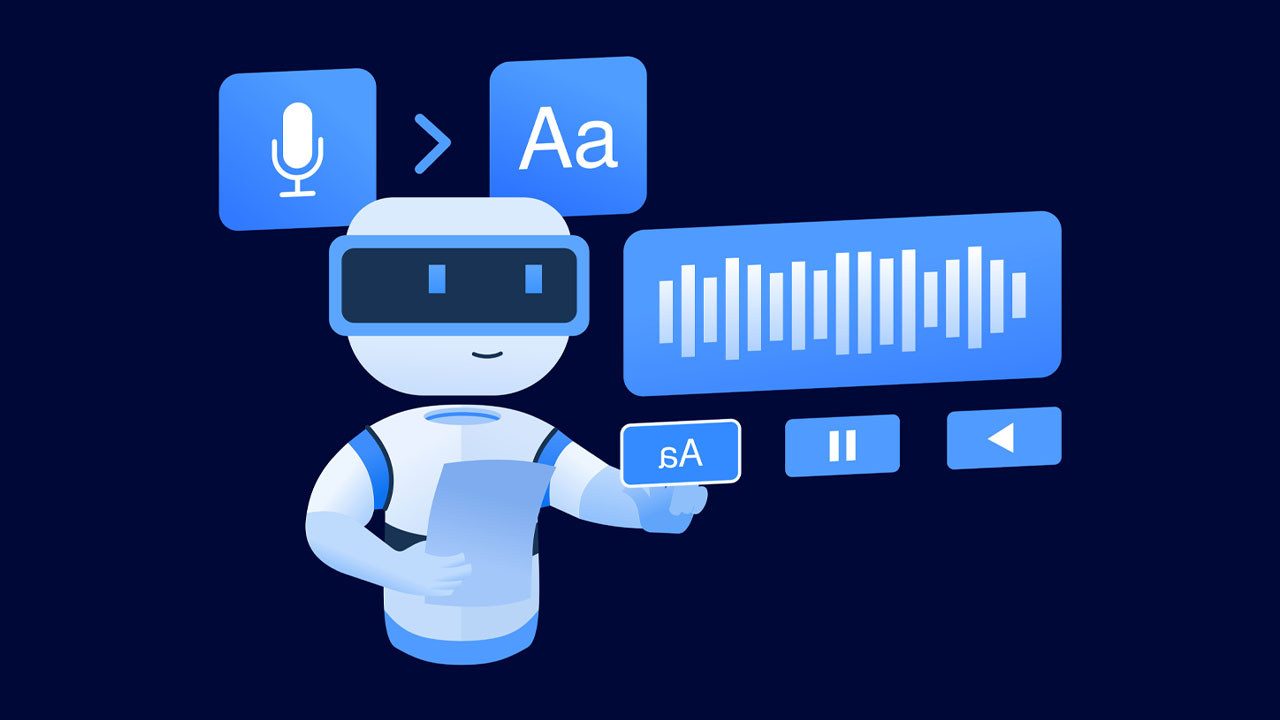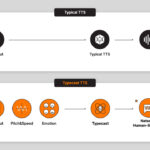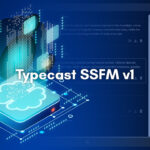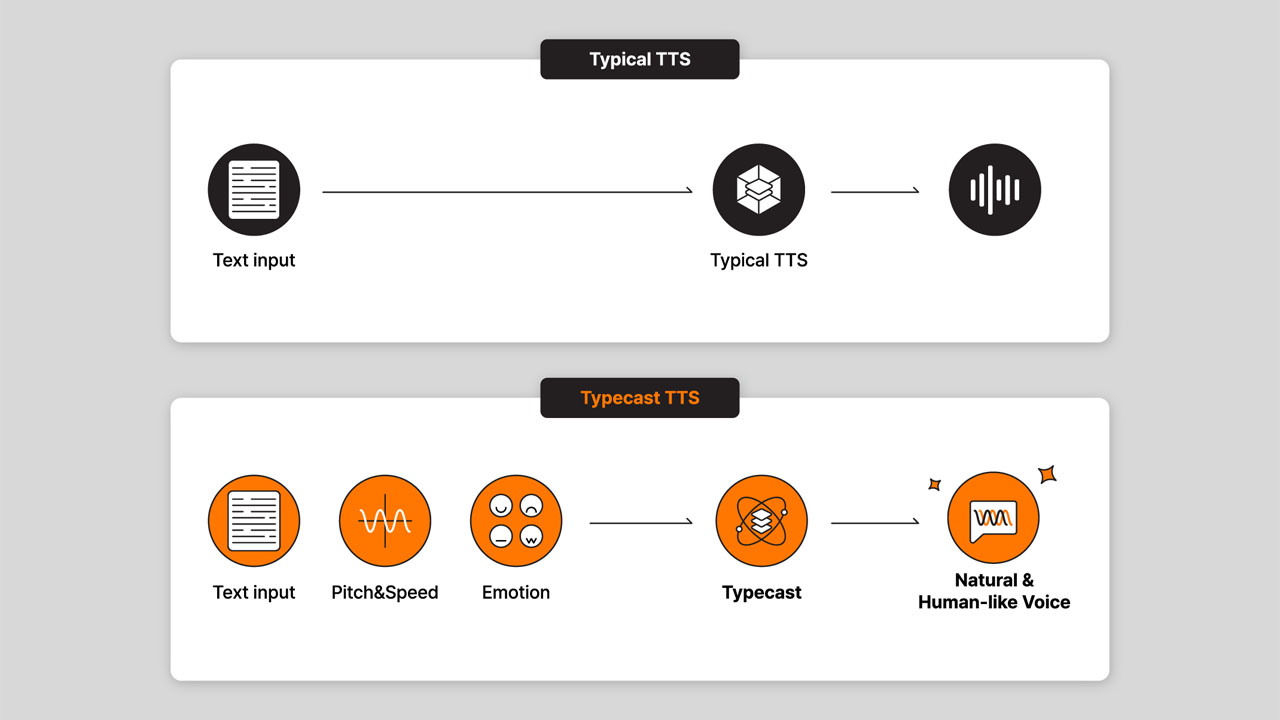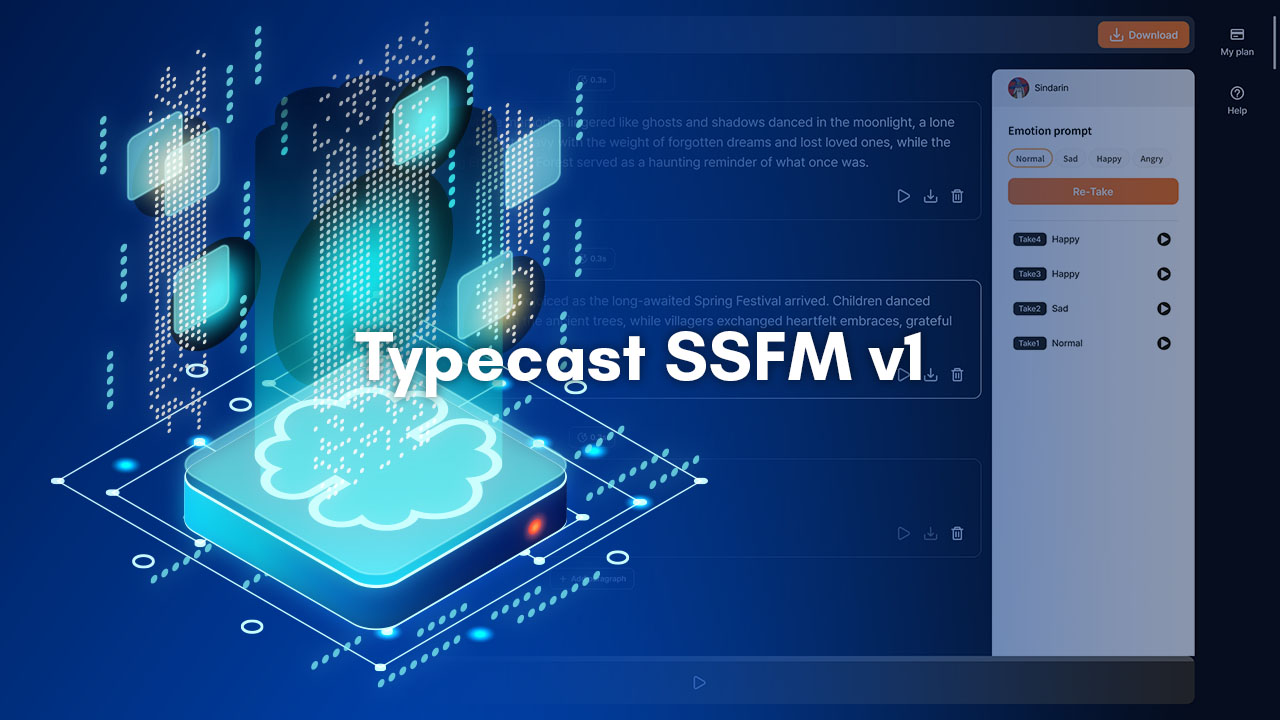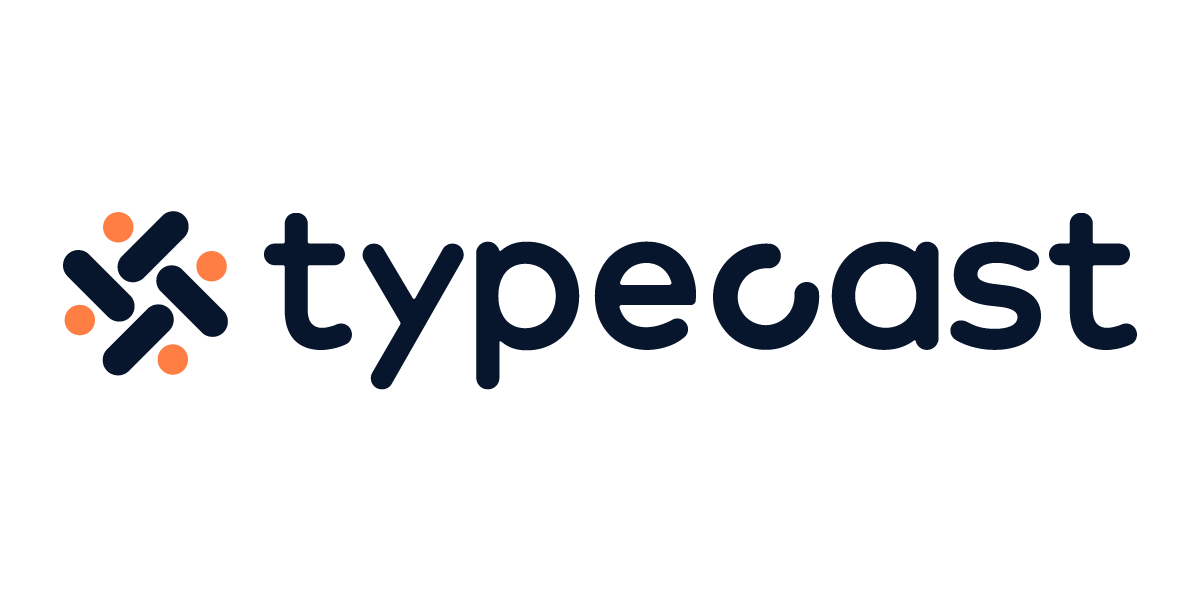Have you ever read a book and wished you could see the world the author has created with your own eyes? Or you’ve written a story and wanted to bring your words to life as an image.
Thanks to advancements in artificial intelligence (AI), text-to-image AI online technology can turn these wishes into a reality.
Imagine describing a landscape in your favorite book and watching it materialize before your very eyes, with each detail represented in a stunning image. Text-to-image AI makes this possible using advanced algorithms to analyze text descriptions and generate corresponding images.
This technology has numerous applications, from creating product images for online marketplaces to generating visuals for movies, video games, and virtual reality experiences.
In this article, we’ll dive into the process behind text-to-image AI online and explore its various use cases across different industries.
Whether you’re an AI enthusiast or working in the tech industry, this is a fascinating technology worth exploring.
What is text-to-image AI?

Online Text-to-image AI is a winning combination of machine learning and deep learning. It helps you convert text into images, videos, and even animated GIFs.
Text-to-image AI online technology can be used for multiple purposes, such as generating video thumbnails or creating animated GIFs from text. The technology also allows you to convert your blog articles into PDF files with ease.
The text-to-image conversion process involves various steps, such as transcribing the text into images, removing noise from the image, and finally, enhancing the quality of the image by applying filters and textures.
With Text to image ai online, you can easily apply this technology in various scenarios, such as generating video thumbnails from blog articles, creating a book cover just by typing its name, or converting images into animated GIFs.
This innovative technology has endless possibilities and will revolutionize how we create and interact with digital media.
Understanding the Text-to-Image AI Online Algorithm
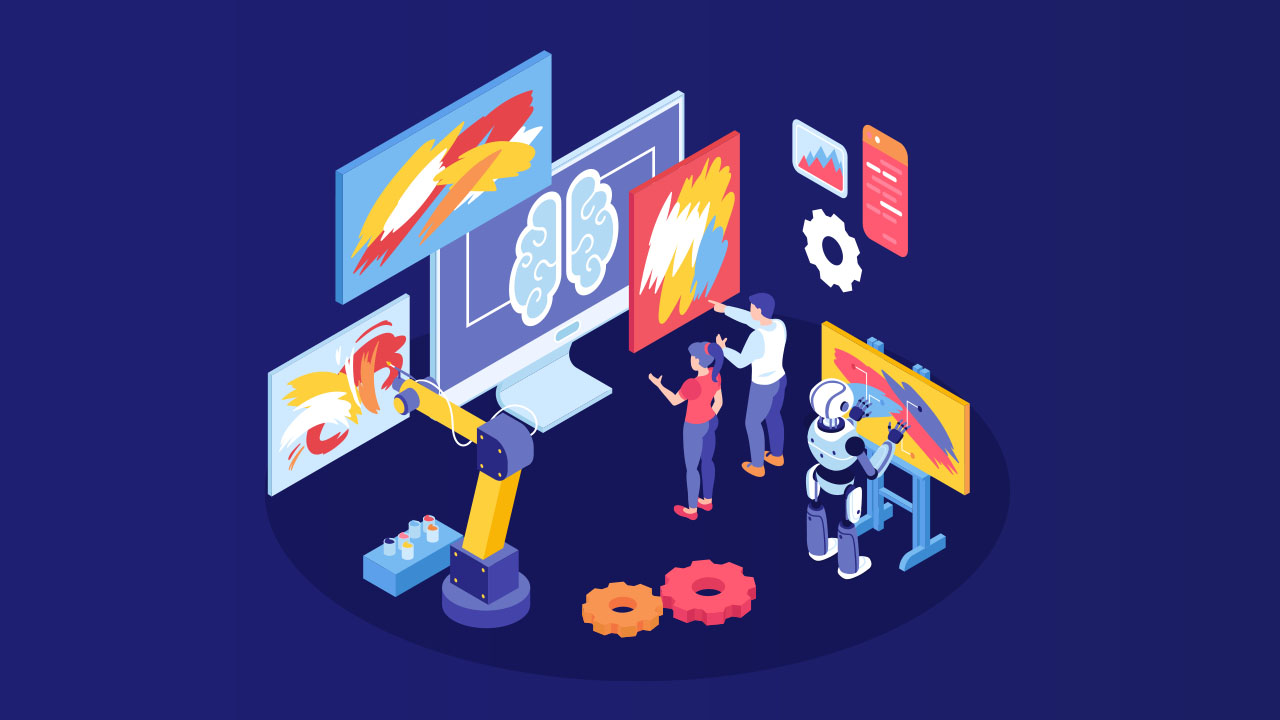
Here’s how this technology works:
Natural Language Processing (NLP)
Text-to-image AI uses Natural Language Processing (NLP) to interpret and analyze text. NLP is a branch of artificial intelligence that focuses on the interaction between humans and computers using natural language.
In the case of text-to-image AI, NLP is used to analyze text inputs and understand the context, meaning, and emotions behind them. This analysis enables the AI algorithm to create images that accurately represent the text input.
Generative Adversarial Networks (GANs)
image generators also use Generative Adversarial Networks (GANs). GANs are a class of deep learning algorithms that consist of two neural networks: a generator and a discriminator. The generator creates fake images while the discriminator tries to distinguish between fake and real images.
Over time, the generator learns to create more realistic images that can fool the discriminator. In the case of text-to-image AI, GANs are used to generate images that match the text input.
The Training Process
The text-to-image AI art generator algorithm requires a large dataset of images and text to train on. The AI algorithm learns to associate certain text inputs with specific images during the training process. The training involves feeding the AI algorithm thousands or millions of image-text pairs.
The algorithm then learns to generate images that match the text input by identifying patterns and correlations between the images and text.
The training process is an iterative process that involves fine-tuning the AI algorithm until it can accurately create images that match the text input.
Image Quality and Realism
The quality and realism of the generated images are critical factors in the success of text-to-image AI. The algorithm needs to generate images that accurately represent the text input and look realistic.
This requires a sophisticated algorithm that can understand and interpret the nuances of natural language and create images that reflect those nuances.
Additionally, the algorithm needs to create visually appealing images with a high level of detail. The use of GANs in the algorithm enables the generation of high-quality, realistic images nearly indistinguishable from real images.
4 Predictions About The Wild New World Of Text-To-Image AI

Artificial intelligence has come a long way, and text-to-image AI is one of the most exciting advancements in the field.
OpenAI’s DALL-E is the most well-known text-to-image model. In January 2021, OpenAI released the first version of the DALL-E model. In April of 2022, the successor of DALL-E was announced: DALL-E 2.
DALL-E 2 has garnered a lot of attention, which has helped push text-to-image technology into the mainstream.
This technology has the potential to revolutionize various industries, including e-commerce, entertainment, and advertising. Here are four predictions about the wild new world of text-to-image AI:
1. A lot of venture capital will flow into this category over the next twelve months.
As text-to-image AI gains popularity, investors will likely pour more capital into this technology. With the potential for wide-scale adoption across various industries, there are endless opportunities for growth and innovation.
Startups working on text-to-image AI can expect to see increased funding, which will help accelerate the development and expansion of this technology.
2. Text-to-image AI will unleash a hornet’s nest of copyright, legal, and ethical issues.
Don’t expect these to slow the technology down. As with any new technology, text-to-image AI will likely encounter various legal and ethical challenges.
One of the biggest issues will be a copyright infringement, as this technology can create images that may resemble existing copyrighted works. The use of personal data and privacy concerns may also be a major issue.
However, despite these challenges, text-to-image AI will likely continue. Instead, developers and policymakers must work together to address these issues as they arise.
3. The biggest business opportunities and models for this technology have yet to be discovered.
Text-to-image AI is still in its infancy, and there is still much to be discovered regarding business opportunities and models. Startups and established companies can leverage this technology to create new products, services, and experiences.
For example, e-commerce companies can use text-to-image AI to generate product images, while media companies can create visuals for movies and video games. The possibilities are endless, and we can expect to see many exciting applications of this technology in the coming years.
4. This technology is going to get much more mind-blowing—quickly.
As with any advanced technology, text-to-image AI will likely get even more impressive and mind-blowing in the coming years. We can expect to see advancements in the quality and realism of generated images, as well as in the speed and efficiency of the algorithm.
This technology can change how we interact with visual media, and we’re only scratching the surface of what’s possible.
Last Words
The world of text-to-image AI is a rapidly evolving field that will transform how we create and interact with digital media. As we have discussed, the technology uses natural language processing and generative adversarial networks to create realistic images that accurately represent the text input.
The training process is an iterative process that involves fine-tuning the AI algorithm until it can accurately create images that match the text input.
If you’re interested in exploring the world of AI-generated media further, check out Typecast. Typecast is an online text-to-speech and video creation tool that uses AI-generated voices and avatars to create high-quality videos easily.
With Typecast, you can create engaging, professional-looking videos in minutes without any prior experience in video creation. So why not see how Typecast’s AI voice generator can take your video creation to the next level?


